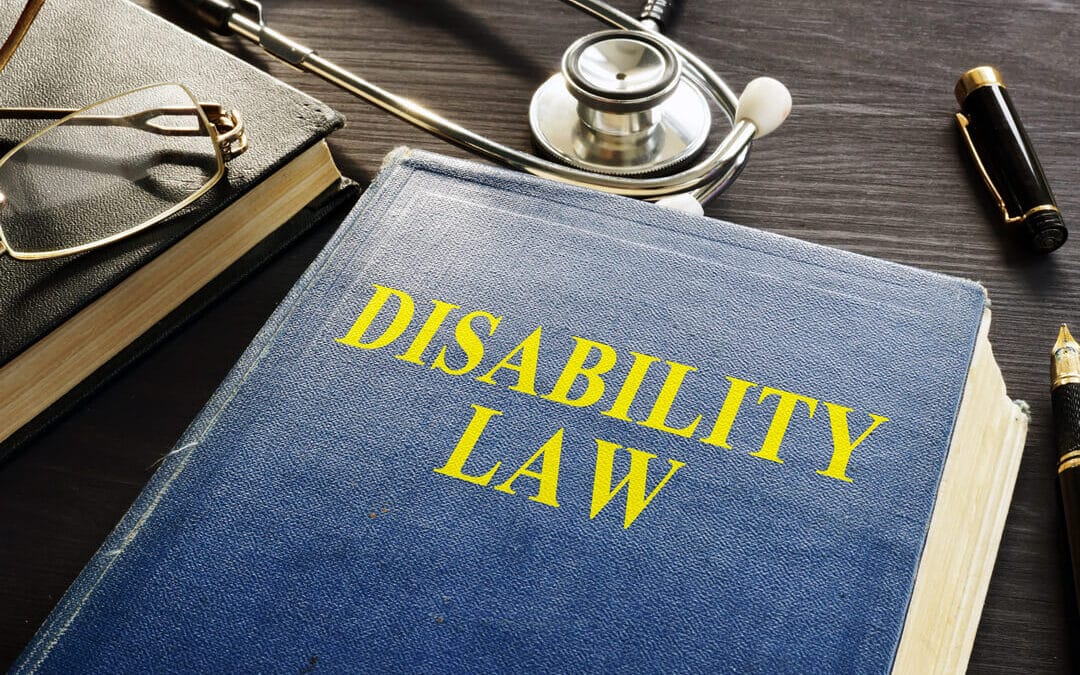Do you have a medical condition that makes it difficult for you to work? If so, you could receive Social Security Disability benefits. To receive disability benefits, you will need to fill out an application with the Social Security Administration (SSA) for them to determine if your medical condition meets their criteria of a disabling condition.
You can find the criteria by which the SSA makes such a determination in what is commonly referred to as The Blue Book. In this article, we will discuss the Blue Book in more detail so you will better understand what criteria the SSA uses to determine who is eligible for benefits.
What is in the SSA Blue Book?
There are three sections to the Blue Book.
General Information: In this section, you will find brief descriptions of the Social Security Disability Insurance Program (SSDI), Supplemental Security Insurance (SSI), and the SSA’s five-step process for assessing claims. It also discusses how medical professionals and experts assist the process by providing documentation to support claims.
Evidentiary Requirements: In this section, you will find information about what kind of documentation the SSA will need to make a determination about a disability.
Listing of Impairments: This is the most significant section of the book as it lists the main mental and physical conditions that the SSA considers disabling. They divide the listing of impairments into two parts. Part A covers conditions that may affect adults aged 18 and older. Part B addresses conditions that affect children younger than 18. Within these two parts, the listing of conditions is further separated or categorized by the body systems listed below:
- Cardiovascular system
- Congenital disorders which affect multiple systems of the body
- Digestive system
- Endocrine disorders
- Genitourinary disorders
- Hematological disorders
- Immune system disorders
- Mental disorders
- Musculoskeletal system
- Neoplastic diseases (cancer).
- Neurological disorders
- Respiratory disorders
- Skin disorders
- Special senses (vision, hearing)
- Low birth weight and failure to thrive (only for the children section)
Each listing contains detailed information about the specific symptoms and effects each of the conditions must cause in a claimant for the SSA to consider you disabled. Also, each listing details medical evidence, such as MRIs, X-rays, and psychological tests, which a claimant needs to provide as evidence.
As stated earlier, this listing of impairments in the Blue Book only includes common conditions. Many medical conditions can cause impairments, so it would be impossible to include them all in the Blue Book. This means that even if your condition is not listed, you may still qualify. You will need to prove that your condition is comparable or meets one of or a combination of listings to be considered disabling by the SSA, or that you are unable to work on a regular and continuing basis.
Getting Help Filing for Disability Benefits
Although you can view the Blue Book on the Social Security website, the text can seem confusing because it is complex and technical. If you are considering filing for disability, you may want to seek the help of a disability attorney. An experienced disability attorney can help you understand what is required to support your claim according to the Blue Book and gather the evidence to do so.
Brock & Stout’s disability lawyers have been helping clients navigate the Social Security system and successfully file claims for over 25 years. It would be our pleasure to help you do the same, so contact us for a free evaluation. Let us work with you to help get you the benefits you and your family need.

